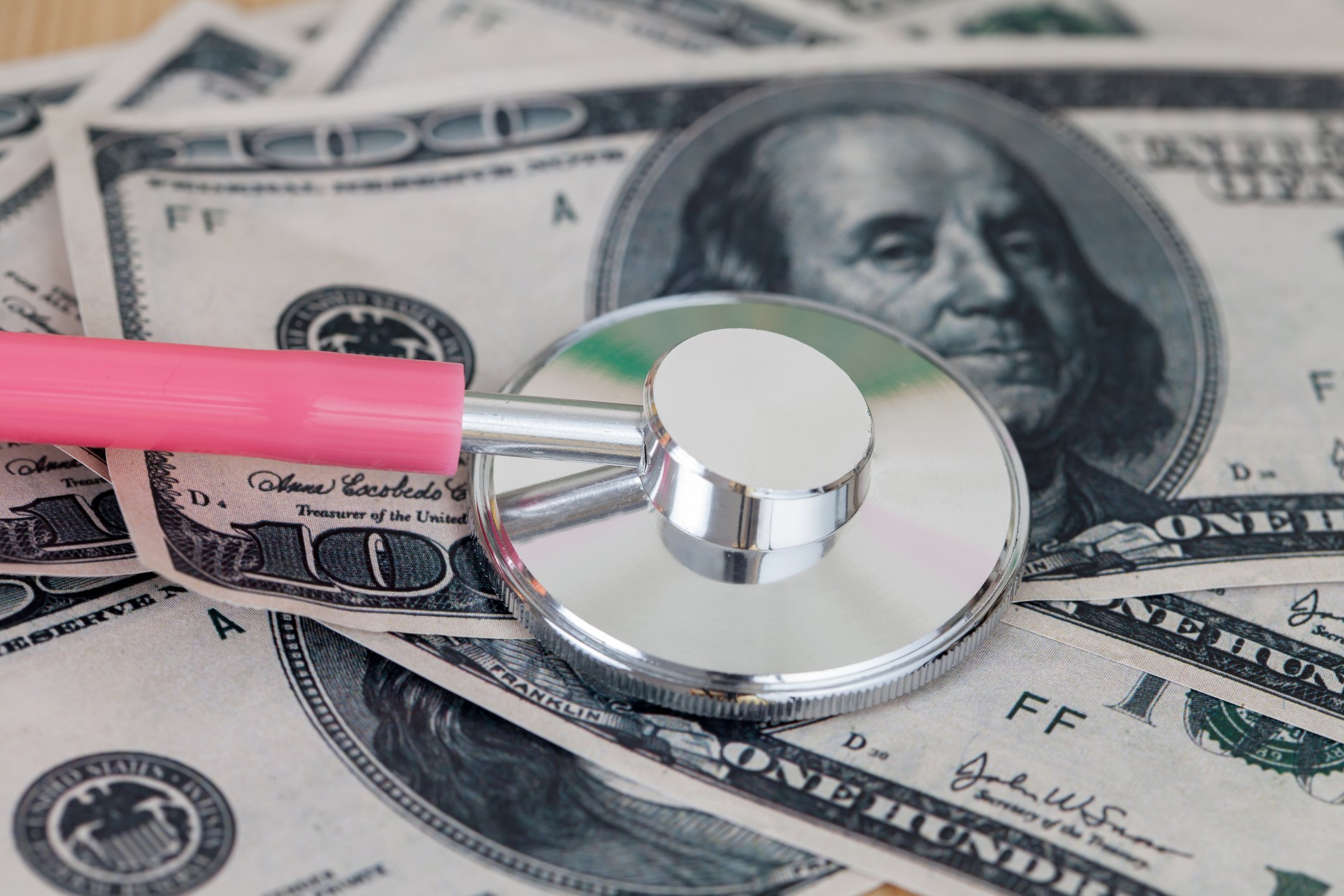
Anyone who’s reviewed their health insurance statements is well-acquainted with just how high medical bills can climb. Now, a new analysis from TransUnion found that consumers are increasingly being asked to shoulder the costs.
Per the credit bureau, patients saw a 13% rise in both deductible and out-of-pocket maximum costs between 2014 and 2015. The average deductible for consumers in 2015 was $1,278, compared to $1,131 in 2014. Out-of-pocket costs rose to $3,470 in 2015, compared to $3,065 the year prior, TransUnion found.
The analysis is based on anonymous data estimates from thousands of health care providers, including hospitals and clinics across the U.S. Those statistics were compared to proprietary TransUnion financial data.
The credit bureau also found, as of the first quarter of 2016, approximately 51% of patients owe more than $1,000 to their healthcare providers while nearly eight in 10 patients (77%) owe more than $500.
Worse still, many of these debtors have less credit at their disposal than they have in the past when it comes time to pay medical bills.
Per TransUnion’s analysis, for every $100 in healthcare costs, consumers had $1,720 in revolving credit to potentially make those payments at the end of March 2016. Just a year before, consumers had $2,250 in revolving credit to put toward medical costs.
Subprime consumers (defined as those with a VantageScore 3.0 of 600 or below) were in a more precarious situation, with only $420 in revolving credit for every $100 in healthcare costs.
Medical Debt & Your Credit Score
These stats are significant, considering how medical debt can damage your credit. While a few new credit scoring models treat medical debts differently, most penalize consumers for paid and unpaid medical bills that end up in collections. (You can see how unpaid medical debts may be affecting your credit byviewing your two free scores, updated each month, on Credit.com.)
To protect your credit, it can be a good idea to try to work out a payment plan with a healthcare provider before the bill winds up on your credit report. You may be able to mitigate medical bill nightmares by reviewing billing statements closely for double charges, evaluating all the insurance, Medicaid and charity options available, and using your own low-interest credit card to pay for medical bills instead of opening a new account through the hospital (which typically carries high interest rates).
If you find the situation unfair — you never received a copy of the bill, for example — you can consider filing a complaint with the Consumer Financial Protection Bureau or contacting the original provider to try to get them to pull it back from collections and pay directly. If they comply, the account will (usually) no longer be reported.
Those with medical debt on their credit reports may be able to improve their scores by paying down high credit card balances, disputing any errors on their credit files and limiting inquiries for new credit lines until their standing rebounds.
This article originally appeared on Credit.com and was written by Jeanine Skowronski.









